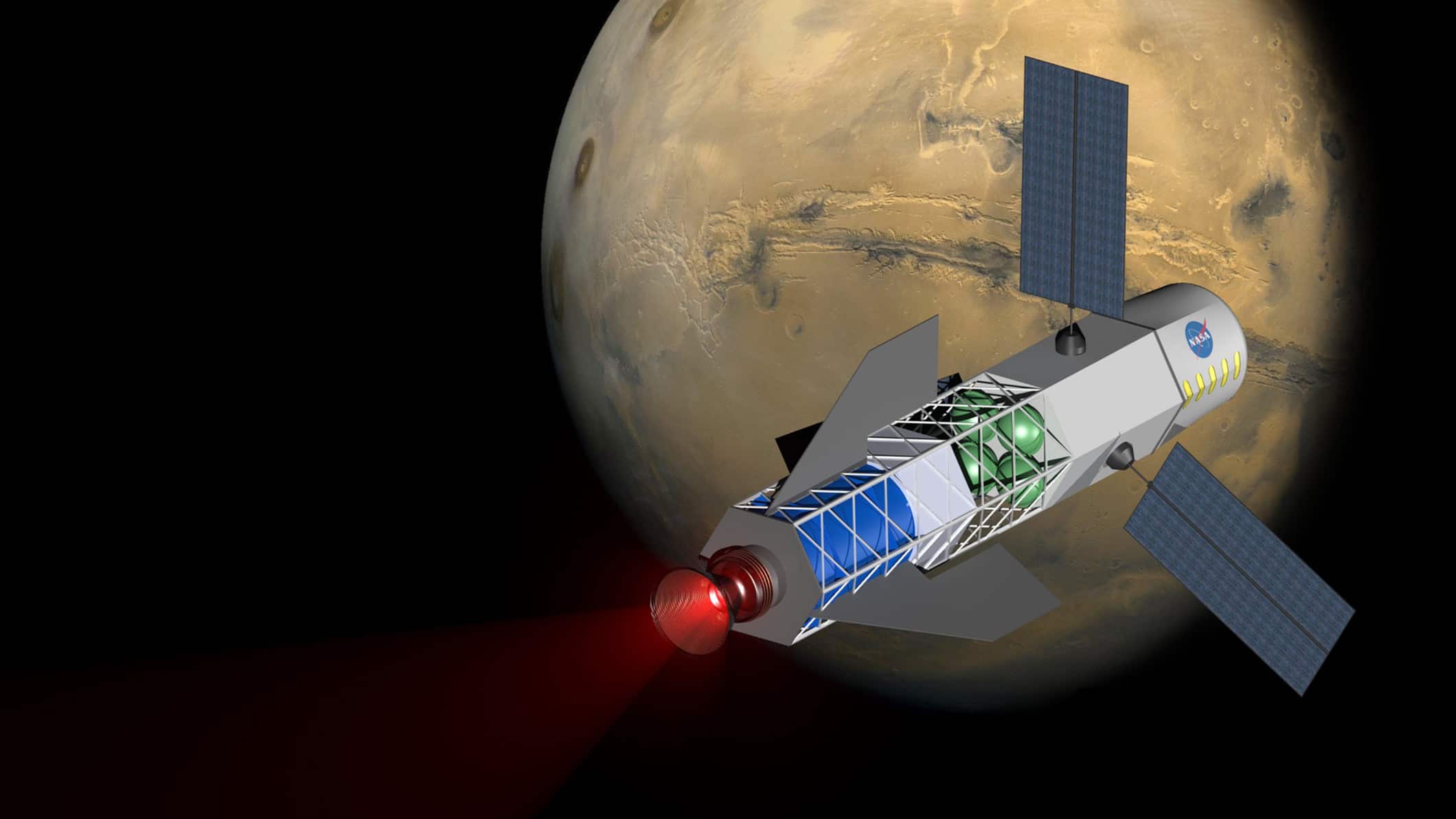Fusion Rocketry

Written by Tim Lash, Focus Fusion Society Contributor. Edited by Ignas Galvelis, Supervising Director.
A team of Princeton University researchers hope to create fusion power rockets. One proposed use would be to enable rapid mission payloads to Pluto. The New Horizons spacecraft ended a nine year journey to Pluto in 2015 with a dramatic flyby. A fusion driven mission could deliver both an orbiter and lander to Pluto in just four years. Princeton Satellite Systems (PSS) and the Princeton Plasma Physics Lab (PPPL) are collaborating to develop Direct Fusion Drive: a revolutionary direct-drive, fusion-powered rocket engine.
The rocket engine being designed by PSS uses magnetic confinement to create a ring of plasma. This plasma would be composed of deuterium and helium-3 fuels. At a temperature of one billion degrees, these reactants fuse to create helium-4, a proton and an excess of 18.4 MeV. As such, like Lawrenceville Plasma Physics Focus Fusion 1 device, the main fusion reaction of interest is aneutronic.
The PSS rocket engine uses low-frequency radio waves to heat the plasma fuel in a rotating ring. As fusion occurs, the spent fuel is guided along a spiral path into the engine’s exhaust nozzle. This exhaust exits the motor at extremely high speeds. The PSS team predicts exhaust velocities as high as 25,000 kilometers per second, or over eight percent the speed of light.
The scientists involved have also studied other uses for such a rocket. These could include a human crewed Mars mission, asteroid deflection duties, Jupiter icy moons missions or even trips to Alpha Centauri. A round trip Mars mission could be completed in about 10 months. This is a duration similar to current astronaut deployments aboard the International Space Station. Trips to the nearest neighboring star, Alpha Centuari 4.3 light years away, could take 500 years.
The team has yet to demonstrate fusion from their prototype engine, but hope to do so by 2019 to 2020.